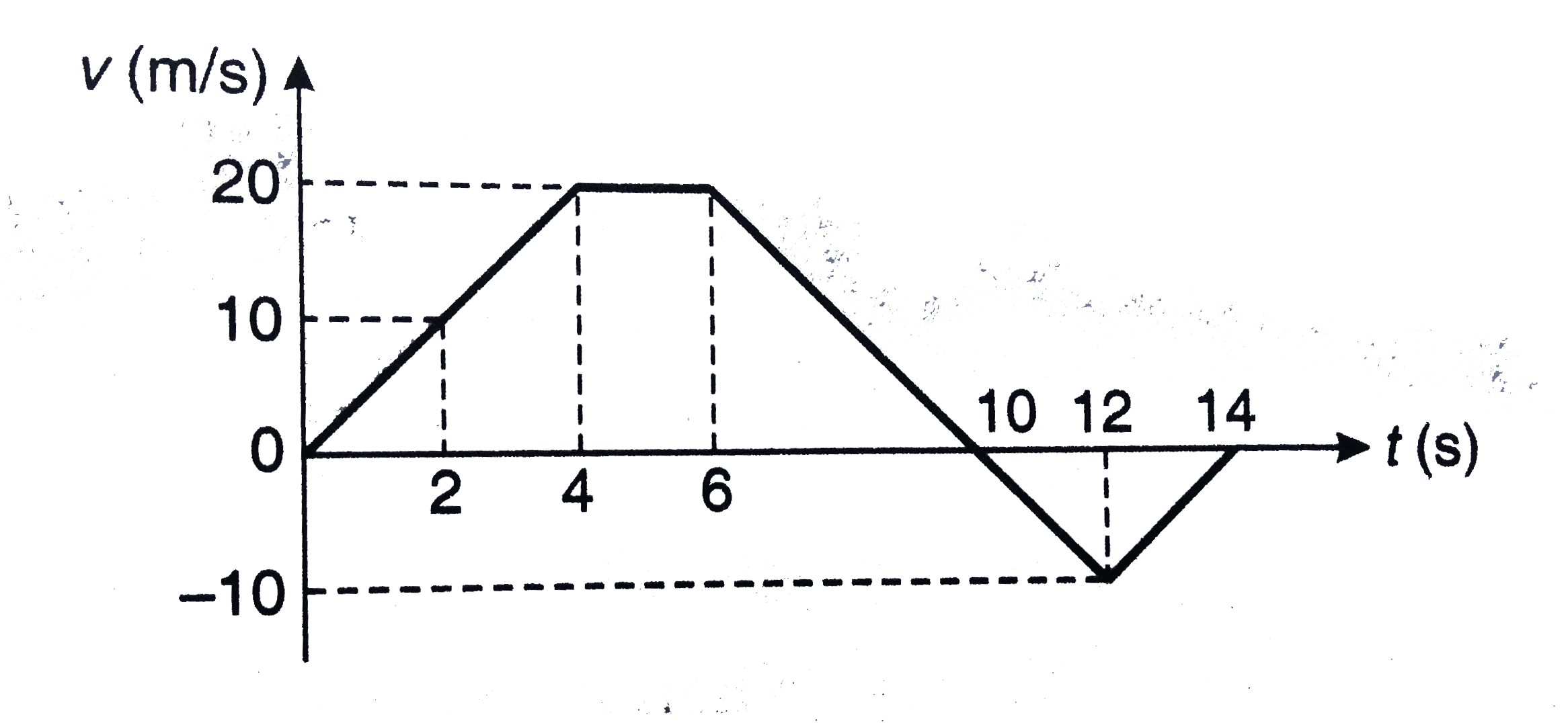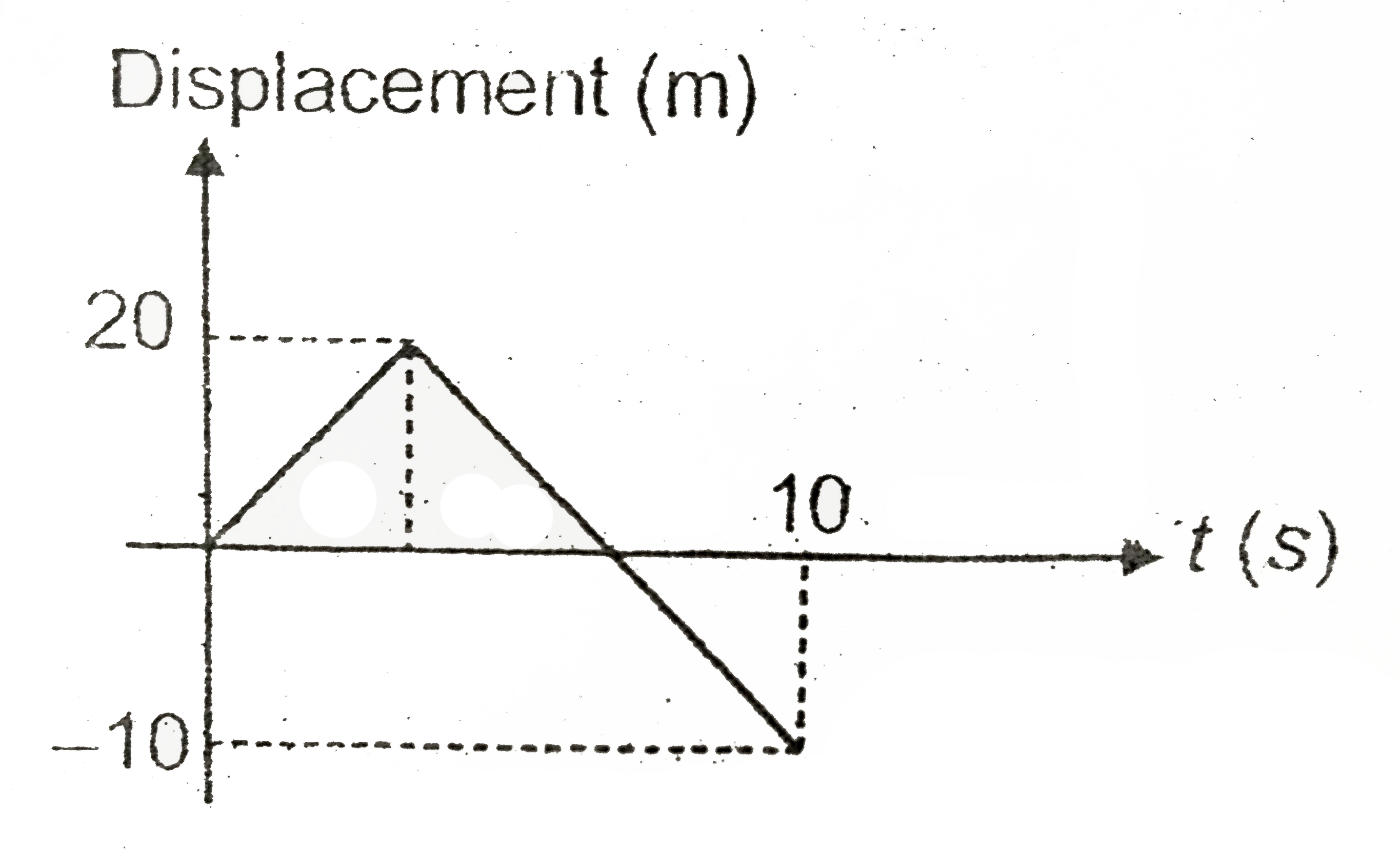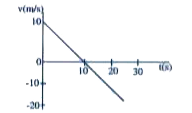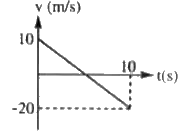Solve the following examples: (numerical problems)
A particle of mass 10^(-10) kg moves in a straight line. Figure shows how its speed changes with time. Answer the following questions based on it.

Find the average acceleration of the particle in the interval C'D'.Solution in Marathi
Step by step video & image solution for Solve the following examples: (numerical problems) A particle of mass 10^(-10) kg moves in a straight line. Figure shows how its speed changes with time. Answer the following questions based on it. Find the average acceleration of the particle in the interval C'D'. by Physics experts to help you in doubts & scoring excellent marks in Class 9 exams.
Updated on:21/07/2023Topper's Solved these Questions
- LAWS OF MOTIONBOOK - NAVNEET PUBLICATIONCHAPTER - LAWS OF MOTIONEXERCISE - EXERCISE
196 Videos
- CURRENT ELECTRICITYBOOK - NAVNEET PUBLICATIONCHAPTER - CURRENT ELECTRICITYEXERCISE - EXERCISE
215 Videos
- MEASUREMENT OF MATTERBOOK - NAVNEET PUBLICATIONCHAPTER - MEASUREMENT OF MATTEREXERCISE - EXAMPLES
1 Videos
Similar Questions
Complete the sentences and explain them:
The minimum distance between the start and finish points of the motion of an object is called the ........ of the object.
View SolutionFill in the blanks:
The coulomb is the SI unit of………….
View SolutionWhat is the Dalton's atomic theory?
View SolutionVelocity-time graph of a particle moving in a straight line is shown in figure. In the time interval from t=0 to t=14s, find

(a) average velocity and
(b) average speed of the particle.
View SolutionThe diagram shows the displacement-time graph for the particle moving in a straight line. What is average speed (in m/s) for the interval 0-10 s?

View SolutionIf average velocity of particle moving on a straight line is zero in a time interval, then
View SolutionVelocity-time graph of a particle moving in a straight line is shown in the figure. Mass of the particle is 2 kg. Work done by all the forces acting on the particle in time interval t = 0 to t = 10 sec is
View SolutionThe velocity-time plot for a particle moving on a straight line is shown in the figure (a) The particle has a constant acceleration. (b) The particle has never turned around. (c) The particle has zero displacement. (d) The average speed in the interval 0 to 10s is the same as the average speed in the in terval 10 s to 20 s
View SolutionThe velocity-time plot for a particle moving on a straight line is shown in the figure

a) The particle has a constant acceleration.
b) The particle has never turned around.
c) The particle has zero displacement.
d) The average speed in the interval 0 to 10s is the same as the average speed in the interval to 10s to 20S
View SolutionVelocity - time graph of a particle moving in a straight line is as shown in figure. Mass of the particle is 2 kg. Work done by all the forces acting on the particle in time interval between t = to t = 10 is

View SolutionVelocity-time graph of a particle moving in a straight line is shown in figure. In the time interval from t=0 to t=14s, find

(a) average velocity and
(b) average speed of the particle.
View SolutionThe diagram shows the displacement-time graph for the particle moving in a straight line. What is average speed (in m/s) for the interval 0-10 s?
View SolutionIf average velocity of particle moving on a straight line is zero in a time interval, then
View SolutionThe velocity-time graph of a particle moving in a straight line is shown in Fig. The mass of the particle is 2 kg. Work done by all the forces acting on the particle in time interval between t=0 to t=10 s is
View SolutionSolve the following examples: (numerical problems) A body moves along a straight line at a velocity of 10 m/s for 10 s and then at a velocity of 15 m/s for 15 s. Find the average velocity of the body.
View SolutionSolve the following examples: (numerical problems) A body moves in a straight line with a uniform acceleration. If the initial velocity of the body is 5 m/s and the velocity after 10 s is 15 m/s, find the acceleration of the body and
View Solution
